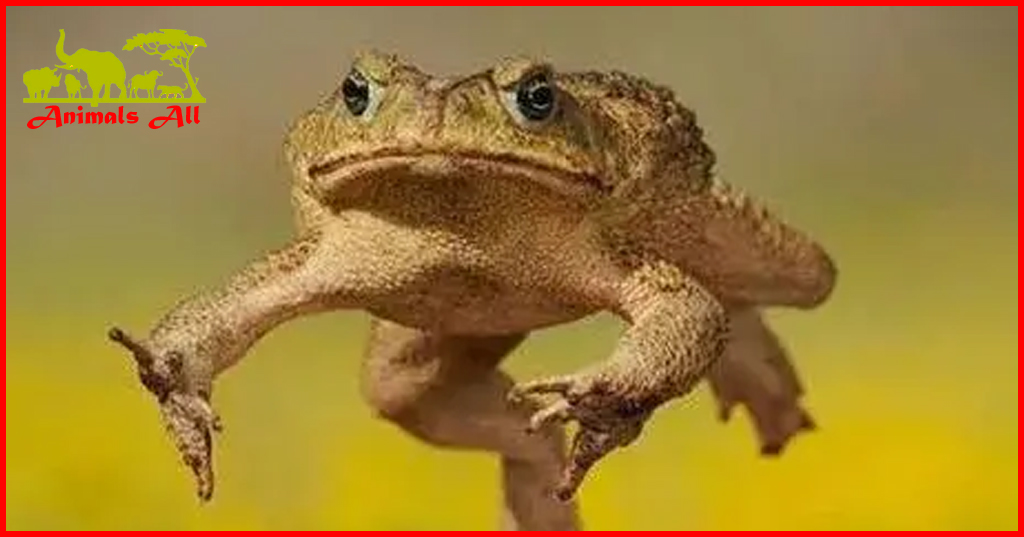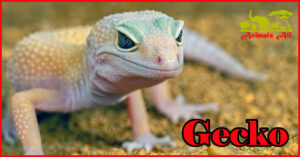
Toads can also become rampant. 1.5 billion toads have become a disaster in Australia.
Australia is a country where species are extremely prone to spread. This is because Oceania, where Australia is located, was separated from other continents about 50 million years ago. This makes the animals here mainly marsupials, and most of them are herbivores. Once alien species enter, they are extremely easy to spread in the absence of natural enemies. In this article we are going to discuss about toads
First, Europeans brought European rabbits to Australia, causing a human-rabbit war in Australia that lasted for hundreds of years. The number of rabbits once exceeded 10 billion. Even today when all means have been exhausted, there are still 500-600 million rabbits living happily in the wild in Australia.
Then came the proliferation of foxes, camels, and cats. Even crocodiles, which have become protected animals in other countries, have a population of 250,000 in Australia and are still rampant (saltwater crocodiles). Now, in Australia, another animal has become a disaster, and it is the toad. What is going on? Let’s find out together.
The Toad Being “Invited”
Australia is actually also a big agricultural country, but unlike my country where they mainly grow grain, they mainly grow sugarcane. After all, sugarcane is an important sugar source. Last year, Australia became the world’s second largest sugar source exporter, relying on sugarcane planting.
The main sugarcane growing area is a strip of land stretching more than 2,000 kilometers from Lismore to Cairns in the northeastern coastal area of Australia, with at least 6,500 sugarcane farms.
The most feared thing in agricultural planting is pests and diseases, and Australia’s vast sugarcane fields are no exception. Since the early 1930s, Australia’s sugarcane has been eaten by beetles. These beetles not only eat the sugarcane, but their larvae laid in the sugarcane will also directly cause the sugarcane to break and die.
In order to solve this problem, Australia racked its brains. In 1935, Australia heard that there was a toad in America that was the nemesis of beetles. It was the cane toad ( Bufo marinus ) .

The cane toad is a large toad widely distributed in Central and South America, belonging to the genus Toad of the family Toadidae. The average body length of an adult cane toad is about 12 cm. The largest known cane toad can reach 24 cm in length and weigh more than 5 jin (2.65 kg). Due to its large size, the cane toad is also called the American giant toad.
Although its name is cane toad, it is actually basically terrestrial. It will only return to the water for a short period of time to mate and lay eggs during the breeding season. After that, it leaves the water and lives completely freely on land. However, its eggs and tadpoles can survive in seawater with a salinity of 15%, hence the name.

Omnivorous animal
In its native environment, the cane toad is an omnivorous animal that can eat both plant-based foods and small rodents, reptiles, amphibians, birds, and various invertebrates. Due to its large size and its main diet of invertebrates, the cane toad was introduced to an island in the West Indies and the Caribbean Sea as early as the 1840s to kill pests.
In the early 20th century, Puerto Rico also introduced cane toads from South America to eliminate sugarcane pests, with good results.

It was precisely because of these relatively successful experiences that Australia, which was plagued by sugarcane pests, turned its attention to cane toads. In 1935, it introduced 102 young cane toads from South America. After simple breeding, they were released into the sugarcane fields of Queensland.
At first, these cane toads were so strong that they were called “cane toads” in Australia. They killed sugarcane pests in large numbers, but Australia soon discovered a problem – the “cane toads” were out of control .
Out-of-control cane toads
A few years after their introduction, people found that these cane toads were not only scattered throughout the sugarcane fields, but also spread to other places in huge numbers. The most important thing was that these cane toads had gradually adapted to life here, and their hunting targets had become more selective. In this way, the 102 cane toads quickly exceeded 100 million and reached about 1.5 billion.
So, why did the cane toad spread so quickly? And what impact did its spread have on the ecology? Let’s talk about it below.
Rapidly spreading cane toads
There are two reasons why the cane toad population grew from a few hundred to 1.5 billion:
First: Strong reproductive capacity . Cane toads are one of the most reproductive toads in the world. They can reproduce from the second year after hatching, and if they live in the tropics, they can reproduce all year round. At that time, Australia was in Queensland, which happened to be located in the tropics, giving them excellent conditions for year-round reproduction.
Moreover, a female cane toad can lay at least 8,500 eggs at a time, and up to 20,000 to 30,000 eggs. These eggs are ribbon-shaped and can be more than 20 meters long. With such a strong reproductive capacity, the number of 102 toads has expanded to 60,000 in just about 6 months.
Second: No natural enemies . The rapid increase in the number of cane toads is actually closely related to the fact that they have no natural enemies in Australia. In their native environment, there are many animals that can kill cane toads, eggs and tadpoles, such as broad-snouted alligators, eels, snakes, various types of bream, bigmouthed carp, catfish, whistling kites, etc. The control of these natural enemies has stabilized the number of cane toads.
However, when they arrived in Australia, there were almost no animals that could pose a threat to them, which greatly improved the egg hatching rate and tadpole survival rate of cane toads. Ultimately, with the blessing of these two aspects, cane toads became completely out of control like the European rabbits once were.
The dangers of cane toads
Although cane toads were originally released into sugarcane fields to kill pests. They obviously would not stay in the fields after their numbers expanded rapidly. Moreover, as an animal with a very broad diet, they are not content to eat only some hard beetles. But instead turn their attention to many native Australian animals. Such as some other amphibians, small mammals, birds, etc.

In addition to the unscrupulous hunting of native species. Some native species at the top of the food chain have also targeted cane toads. Such as Australian freshwater crocodiles, monitors and other carnivores, especially monitors. They mainly feed on amphibians, so how could they let go of so many cane toads?
Unexpectedly, the monitor lizards that ate the cane toads fell to the ground one after another, and their numbers decreased significantly. It turn out that the cane toad, like other toads, has venom glands that can secrete venom. Which are mainly concentrated behind the eyes (parotid glands) and on the back. These glands can secrete toad toxins. Although a small amount of toad toxins will only cause hallucinations in animals. Eating the whole toad will cause the death of the animal.
cane toads
Therefore, cane toads are no longer a pest killer in sugarcane fields, but have become ecological killers. They prey on native species indiscriminately. Some animals that tend to prey on toads are also poisoned by their venom.
To this end, Australia is also taking active measures, mainly including using lights to trap adults. Scientists have found that cane toads are phototactic. They use lights to trap them in areas where they are densely populated at night. And then catch them all in one fell swoop. Another method is “killing the young”, which simply means searching in the waters where cane toads are distributed. Once toad eggs are found, they are directly scooped up to prevent them from hatching.
However, even with all these methods in place, cane toads are still out of control in Australia. The reason is simple: they are now widely distribute, numerous, and have strong reproductive capacity. So this is still a protracted battle.
It can be see from this that it is irrational to blindly introduce species to control native species. Because introduce species are extremely difficult to control. Once they become rampant, the impact on the ecology will be very great.


One thought on “Toads can also become rampant. 1.5 billion toads have become a disaster in Australia.”
Comments are closed.